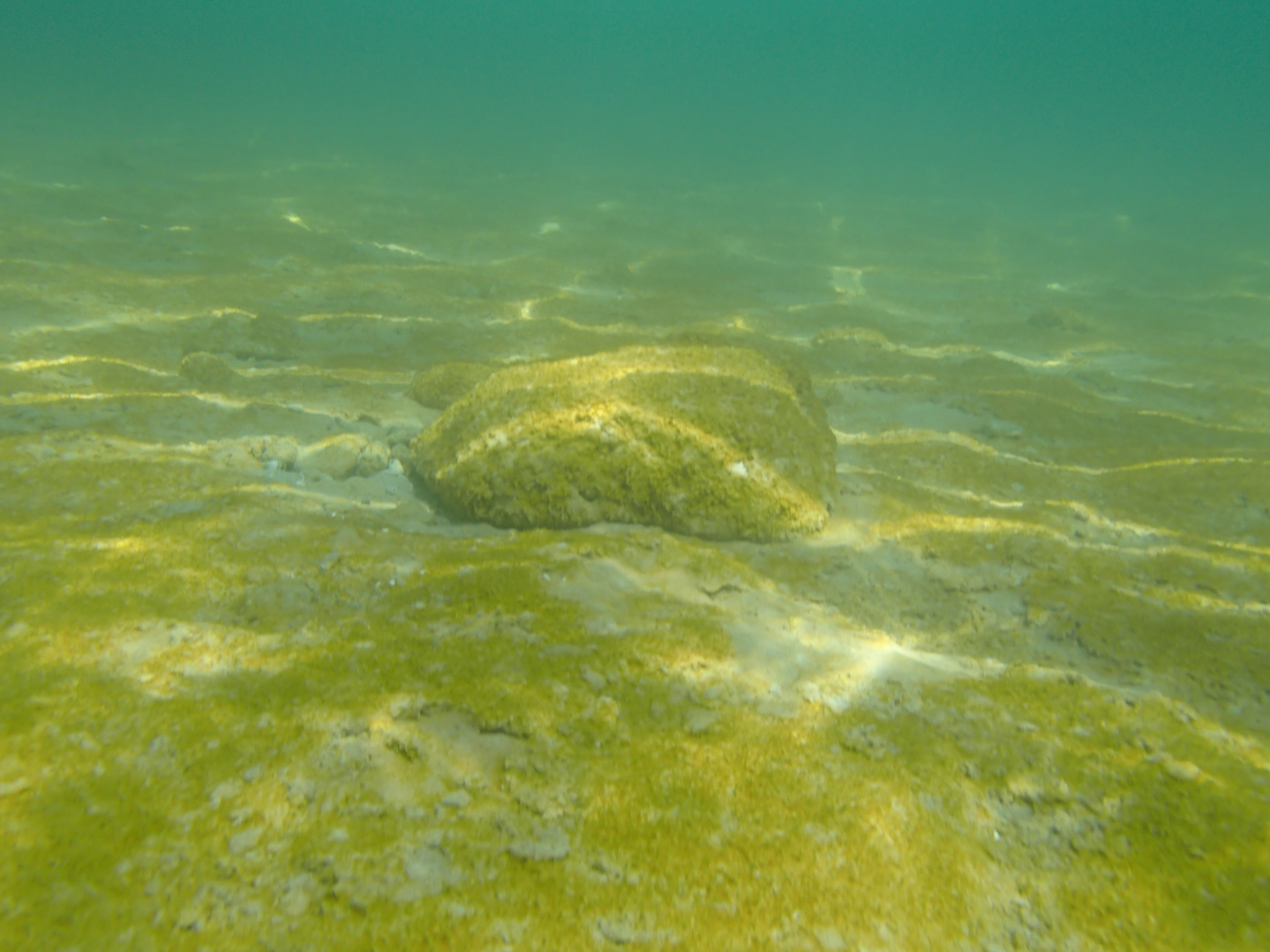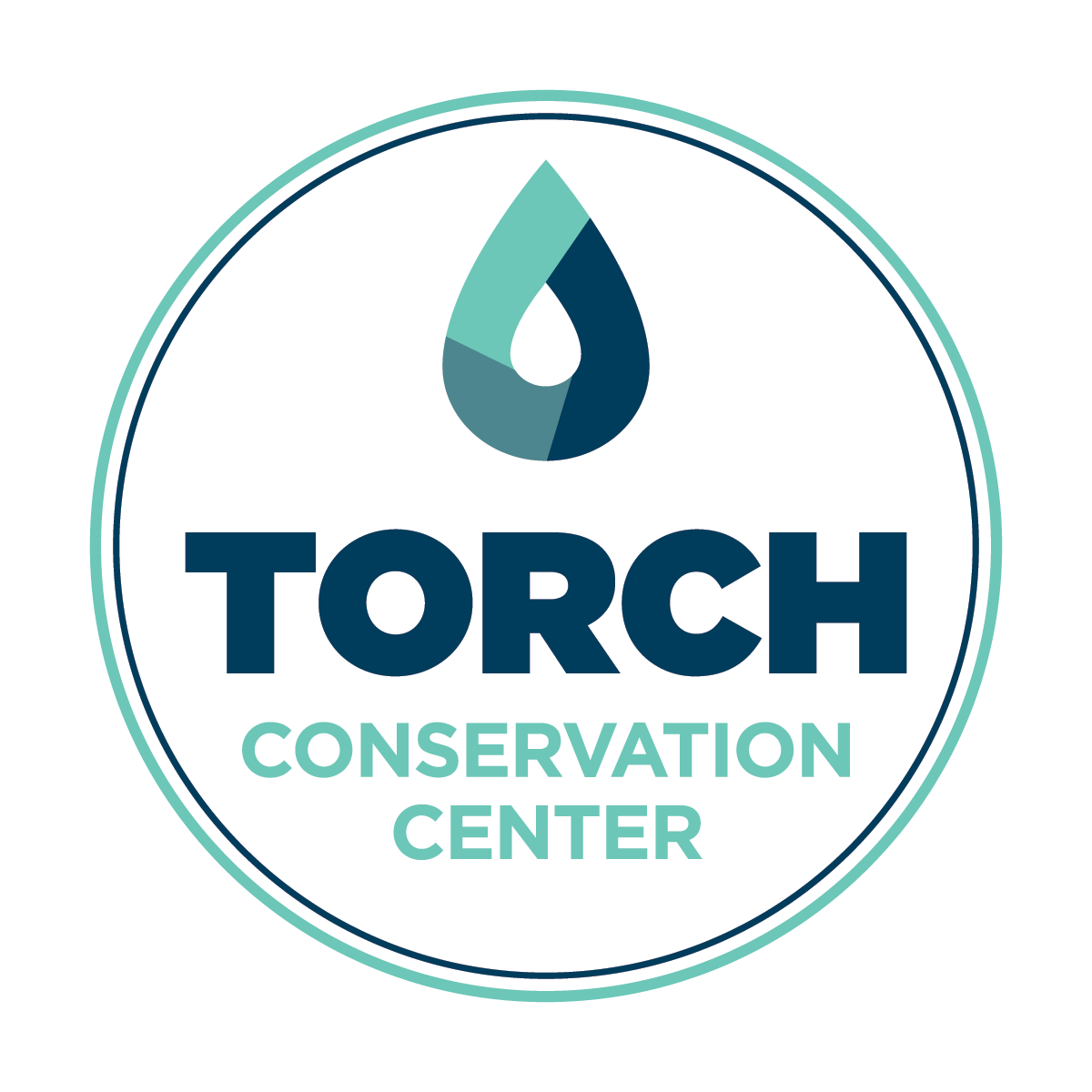 TRUE BLUE Lawns
TRUE BLUE Lawns
Use Natural Lawn Fertilizers
All fertilizers contain nutrients such as phosphorus and nitrogen.
Phosphorus levels in most Michigan soils are adequate, so, grass lawns do NOT need more phosphorus.
Michigan has passed legislation to ban phosphorus in fertilizers, laundry detergents and dishwasher detergents.
Nitrogen needs for lawns can be met naturally.
Grass clippings contain 4% nitrogen, 2% potassium and 0.5% phosphorus.

Photo: Trish Narwold
What is the difference between natural fertilizers and chemical fertilizers?
Natural fertilizers
- Provide variety of nutrients to both plants/your lawn and the microbes in the soil because they are rich in organic matter
- Trigger plants with deeper roots to release additional proteins and sugars at their roots
- These additional proteins and sugars feed microbes and further support living soil
- Attract insect predators and soil recyclers such as earthworms and nematodes to enrich and aerate the soil
Chemical fertilizers
- Provide a limited number of nutrients to the lawn
- Do not feed microbes or larger recyclers
- Do not aerate the soil
How do fertilizers reach Torch Lake?
Fertilizers reach Torch Lake and its 40+ tributary streams in 2 ways:
- Stormwater run-off flows from your lawn into a ditch, down the road or directly into the lake.
- Stormwater also percolates down into the groundwater and enters Torch Lake through underground springs.
How do fertilizers pollute Torch Lake?
Algae is a sign there are too many nutrients flowing into Torch Lake from our yards.
Nutrients (phosphorus and/or nitrogen) cause algae to grow in the lake.
- Algae changes the color and clarity of the water.
- Algae also changes the bottom of the lake.
- It makes the sandy bottom feel squishy and covers the rocky bottom with “brown slime.”
Torch Lake is an extremely low phosphorus lake compared to most inland lakes like Clam Lake or Lake Bellaire.
So, it takes very little excess phosphorus to double or triple the phosphorus levels and stimulate algae to grow in Torch Lake.
What are the benefits to you and our water?
- Keeps nutrients out of Torch Lake so algae don’t grow and change its turquoise color to
green - Keeps your drinking water safe from high levels of nutrients
- Reduces cost of yard maintenance
What can you do?
Change to water-friendly lawn care
Step 1. Feed the soil, not the lawn. Top dress with ¼”- ½” compost.
Step 2. In Spring and Summer:
- Set your lawn mower blades high—a least 3 inches
- Take the collection bag off your lawnmower to mow and return clippings back to the soil
- Once a week, water deeply, 6 inches, early in the morning to reduce evaporation
- Leave a “No Mow” zone between your lawn and the nearest stream or Torch Lake
- Don’t use a lawn service that uses chemical fertilizers
Step 3. In Fall:
- Run a lawnmower (again without a collection bag) over your lawn to break the leaves down into smaller pieces.
Step 4. In Winter, nature will take over:
- As the leaf pieces and grass clippings decompose, they help to build the soil by adding nutrients and minerals.

Photo: Torch Conservation Center
Don't just wish that Torch Lake will stay blue.
Choose a water-friendly lifestyle - make a difference!
About
Social
Subscribe to TRUE BLUE News
Follow us on Facebook
Share a favorite photo with us on Instagram (#truebluetorch)
